Non-reactive
Non-reactive
Non-reactive
The term non-reactive in packaging refers to materials that do not chemically interact with the contents they hold. This is crucial for ensuring the safety and integrity of the product.
Why Non-reactive Materials Matter
Using non-reactive materials in packaging is essential for preserving the quality of food, medicine, and other sensitive items. These materials prevent contamination and spoilage.
Common Non-reactive Materials
Some common non-reactive materials include glass, certain plastics, and stainless steel. These materials are chosen because they do not alter the product's taste, smell, or efficacy.
Examples in Everyday Life
Think about a glass jar of pickles or a plastic bottle of water. These containers are made from non-reactive materials to keep the contents safe and fresh.
Benefits of Non-reactive Packaging
Using non-reactive packaging materials has several benefits. It ensures product safety, extends shelf life, and maintains the original quality of the contents.
Blog Posts with the term: Non-reactive
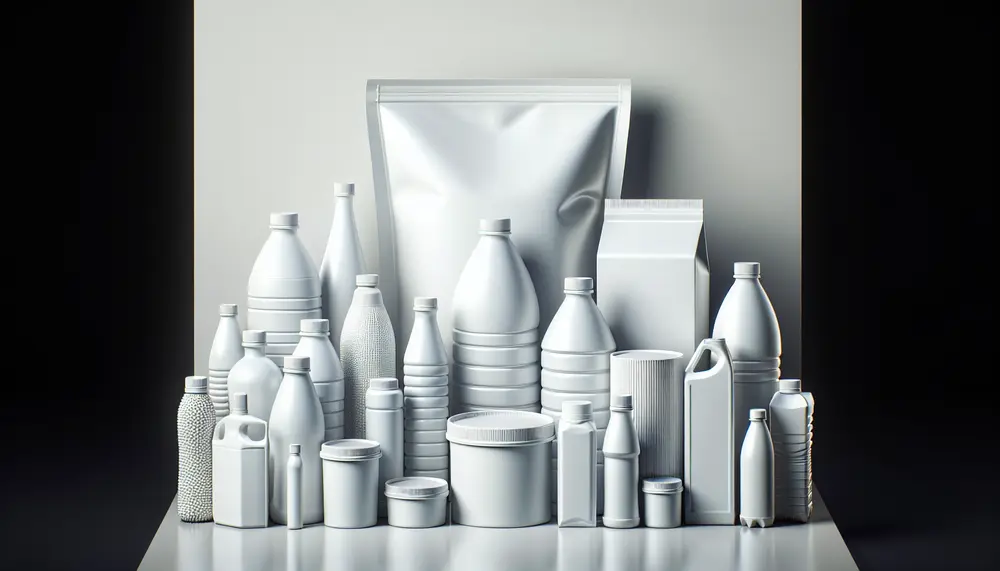
HDPE packaging is valued for its durability, lightweight nature, and resistance to environmental factors. It's versatile in shape and size customization, cost-effective during transport due to its light weight, and environmentally friendly as it's 100% recyclable. High-density polyethylene (HDPE) is a...
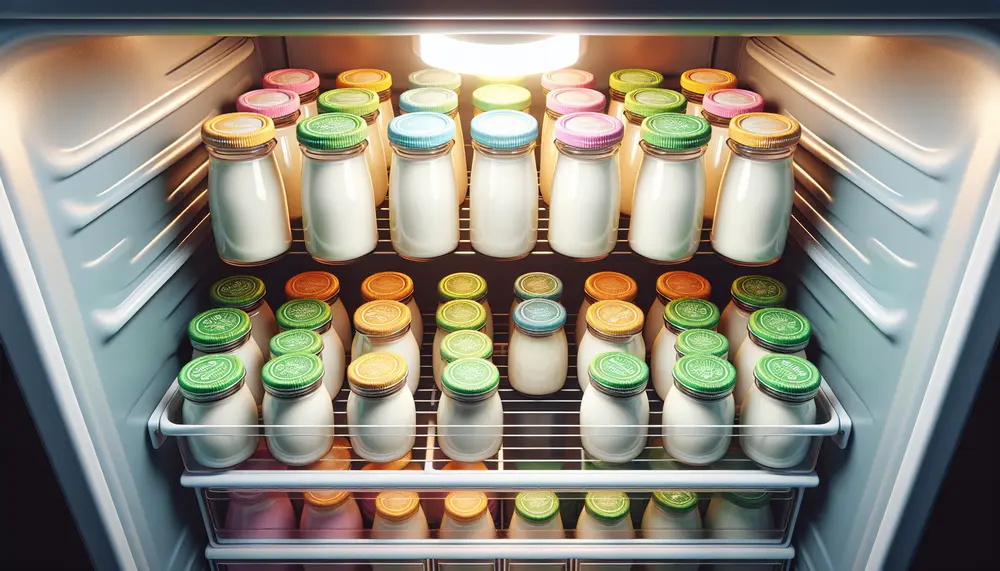
Yogurt packaging is essential for maintaining freshness, quality, and safety; it requires an effective barrier against oxygen and light, strength during transportation, regulatory compliance for food contact, and advanced sealing technology. Innovations in the market include smart features like freshness...
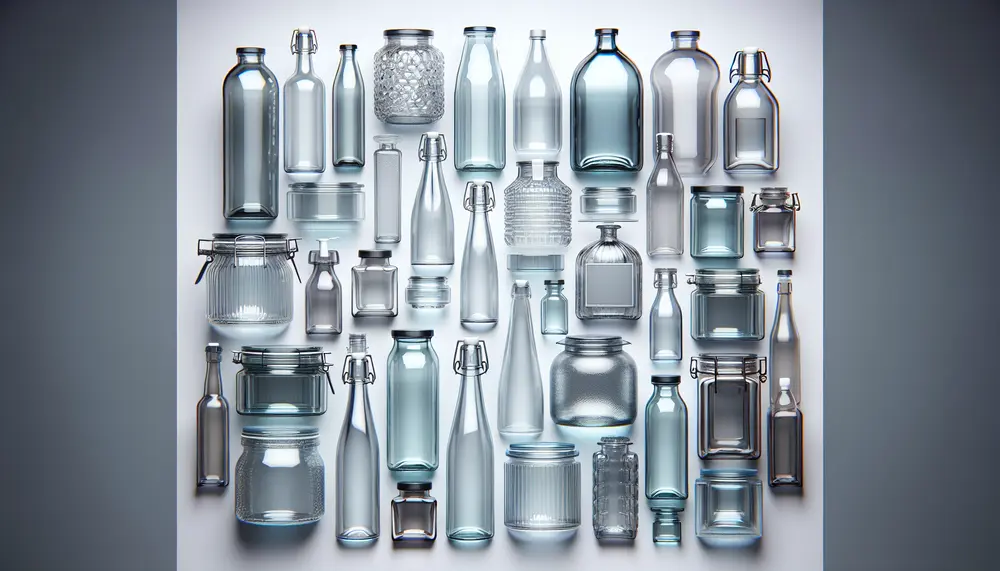
Glass packaging is valued for its durability, inertness, and transparency, ideal for storing various products while being 100% recyclable. Different types of glass like borosilicate and soda-lime are used in packaging due to their unique properties such as thermal resistance...
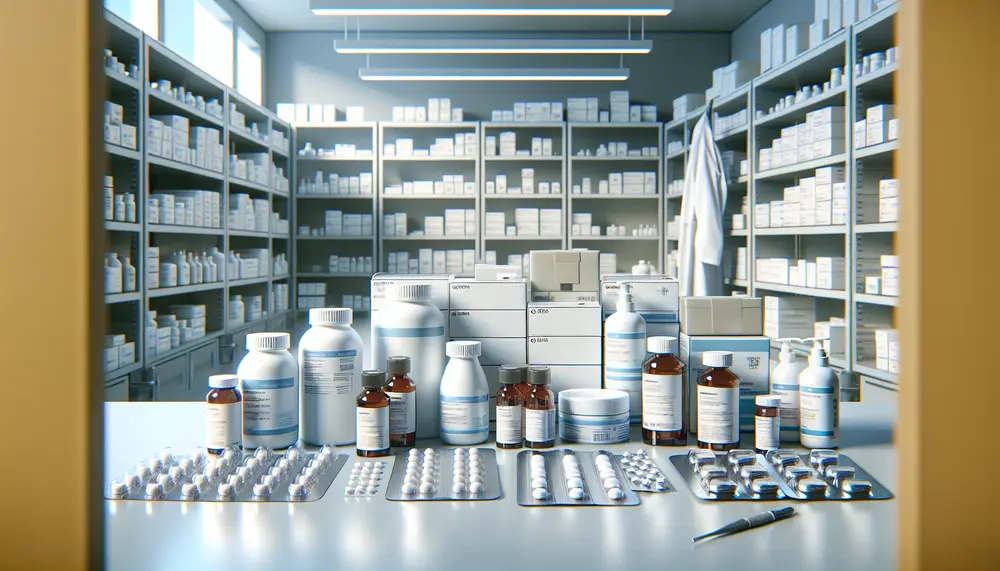
Ensuring compliance in pharmaceutical packaging is essential for product integrity, patient safety, and regulatory approval. This article outlines key guidelines from major regulatory bodies like the FDA, EMA, ICH, WHO, and USP that govern material selection, design standards, labeling requirements,...
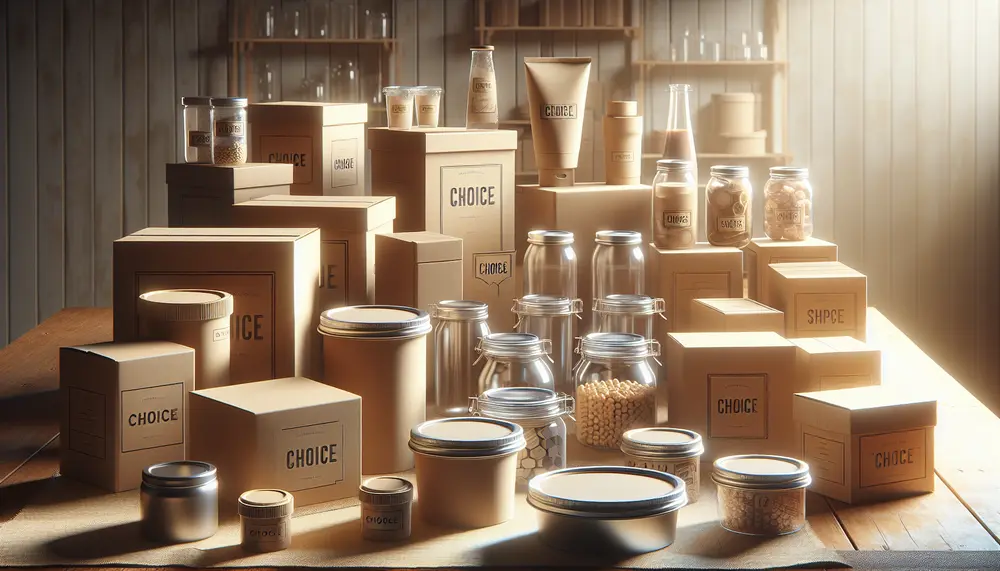
Selecting the right packaging for desserts is crucial as it affects freshness, safety, customer experience, and environmental impact. The three main materials—plastic, paper (cardboard), and aluminum—each have their benefits and drawbacks concerning durability, visibility, branding potential, sustainability concerns, and protection...

Packaging materials range from traditional paper and glass to modern bioplastics, each with unique properties affecting product safety, cost-effectiveness, and environmental impact. Selecting the right packaging is crucial for brand identity, customer satisfaction, and sustainability; factors like protection needs, branding...
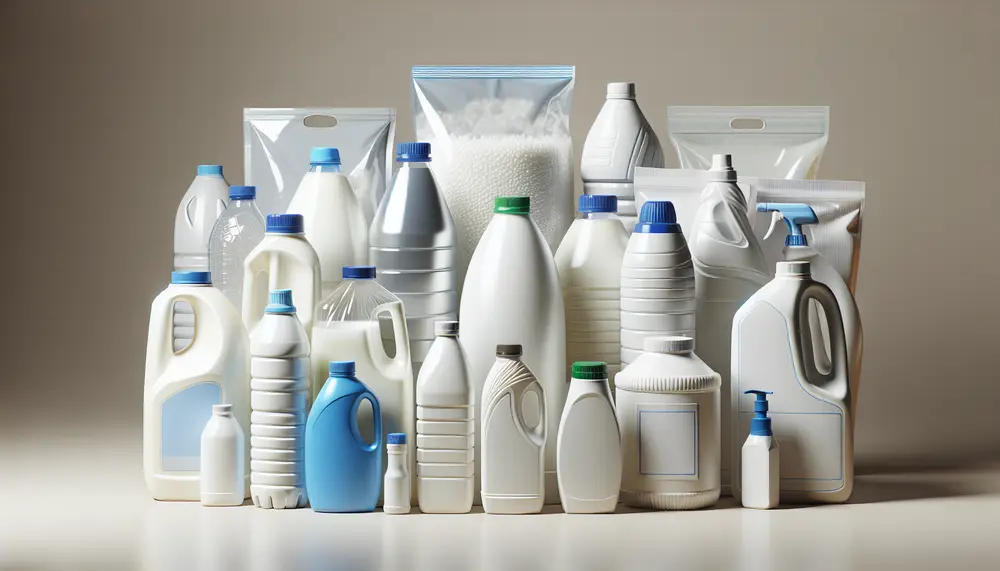
High-Density Polyethylene (HDPE) is a durable, versatile thermoplastic with a high strength-to-density ratio used in packaging, construction, and various other applications due to its resistance to impact and chemicals. HDPE's production involves polymerization of ethylene gas using different methods that...
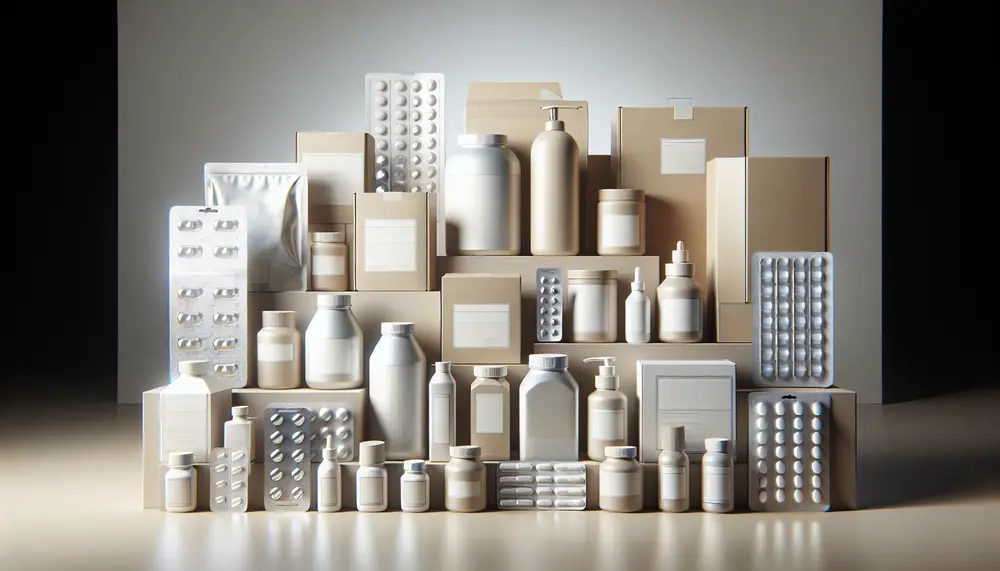
Pharmaceutical packaging and design are essential for ensuring medication safety, efficacy, and patient compliance. Effective packaging involves understanding regulatory requirements, material science, and user needs while providing protection, information, identification, convenience, and adherence to treatment plans; it must also comply...
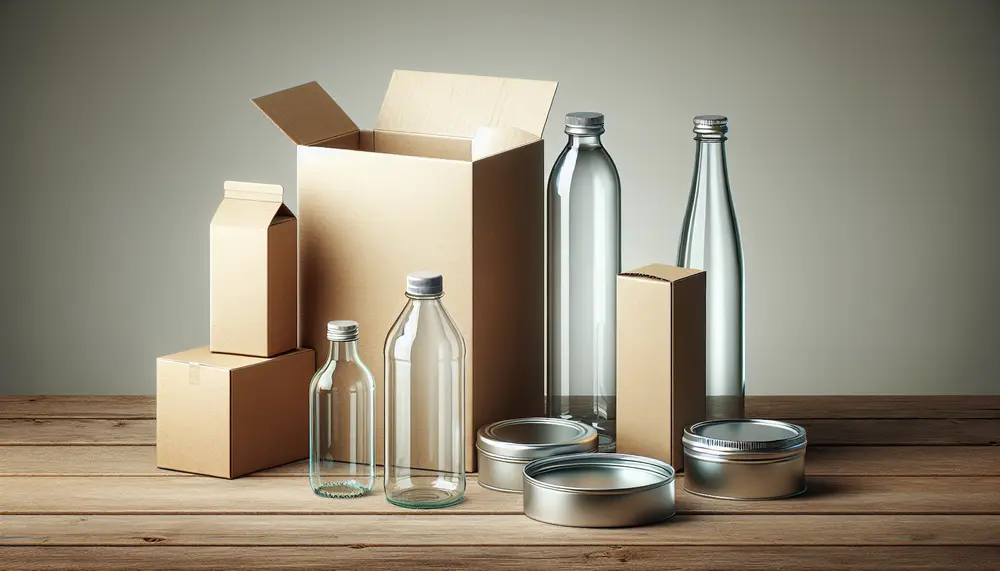
Packaging materials are crucial for product protection, branding, and environmental impact; choosing the right type depends on various factors including the product's nature and consumer trends. Paper-based options like corrugated cardboard and SBS paperboard offer sustainable choices with different balances...

High Density Polyethylene (HDPE) is a crucial material in food packaging due to its durability, chemical resistance, and ability to maintain product integrity under various conditions. It offers advantages such as cost-effectiveness, lightweight nature, customization flexibility, and significant contributions to...
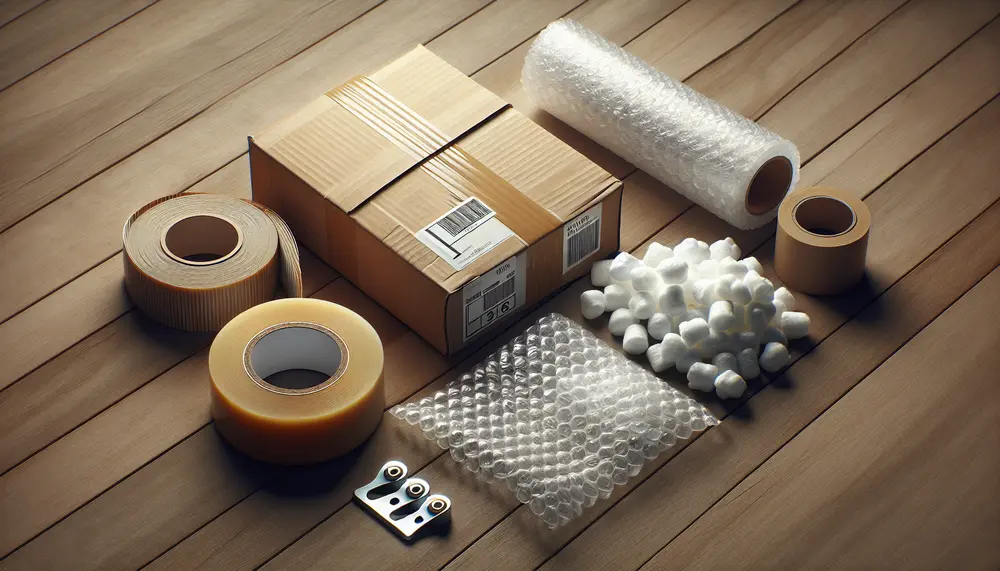
Packaging materials are essential for product protection, information dissemination, and marketing; material selection is based on factors like durability and sustainability. Plastic packaging offers versatility but faces environmental concerns, glass provides purity and recyclability, metal ensures strength and long-term preservation...
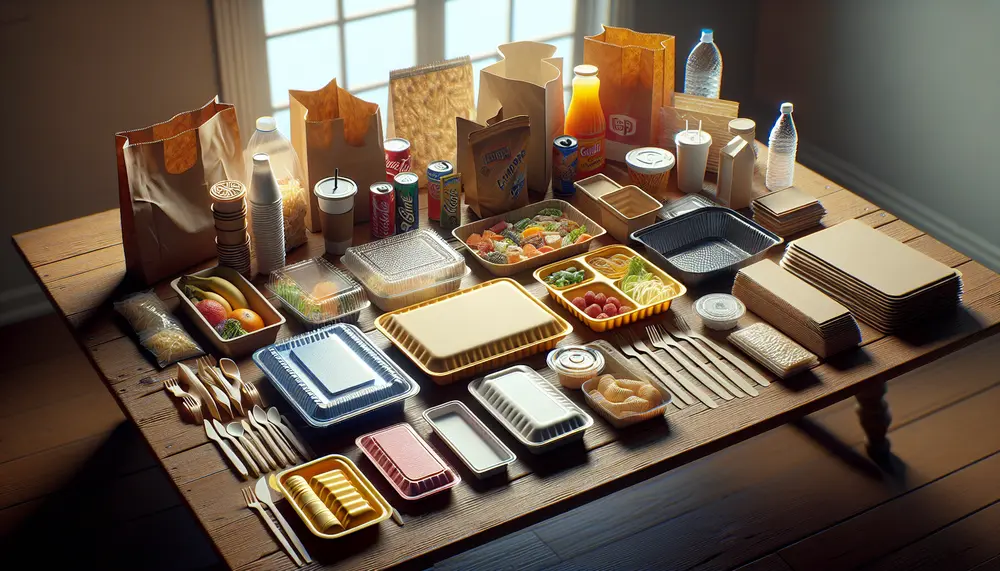
Food grade packaging material refers to safe, non-toxic solutions for direct food contact, complying with international health and safety standards. These materials include plastics, glass, metal, and paper which undergo rigorous testing to ensure they do not harm the food's...
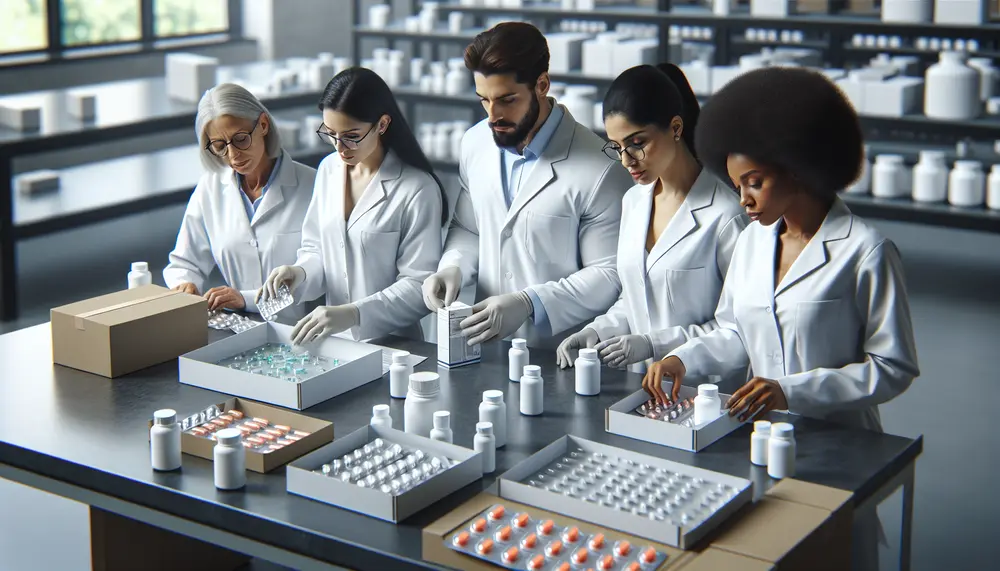
The FDA ensures drug packaging safety and efficacy through stringent guidelines on material quality, labeling accuracy, child-resistant features, tamper-evident seals, and environmental considerations. Compliance with these standards protects public health by preventing contamination and ensuring clear information is provided to...

Food packaging is essential for protecting food, extending shelf life, and maintaining quality from production to consumption. It must meet safety standards, provide consumer information, facilitate transportation, enhance marketability, and support sustainability efforts. Innovative food packaging solutions address demands for convenience...

